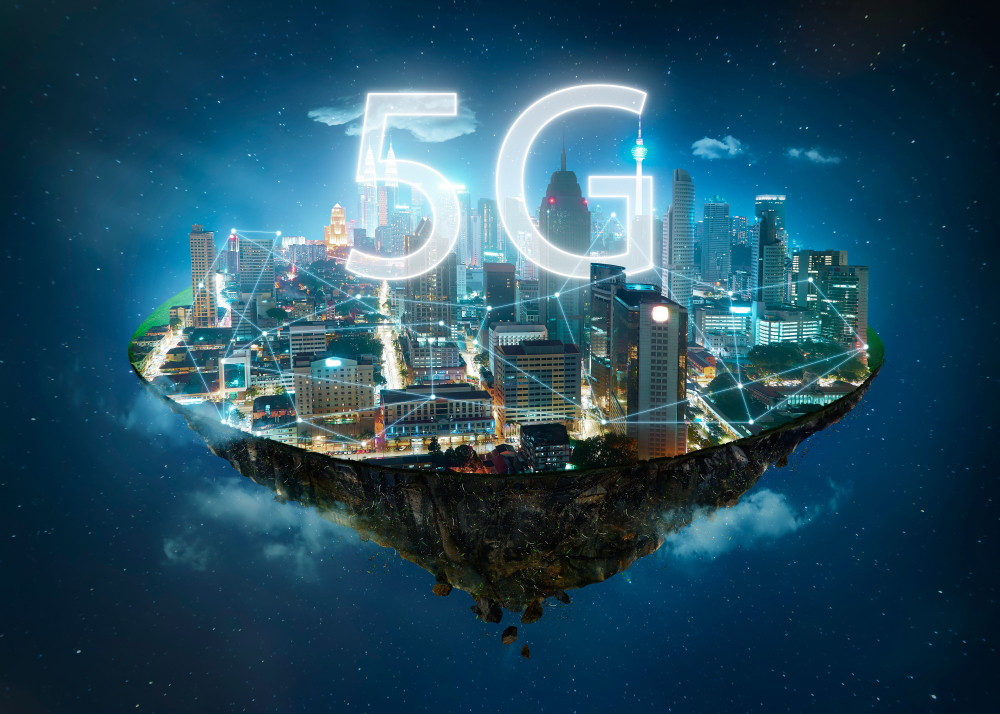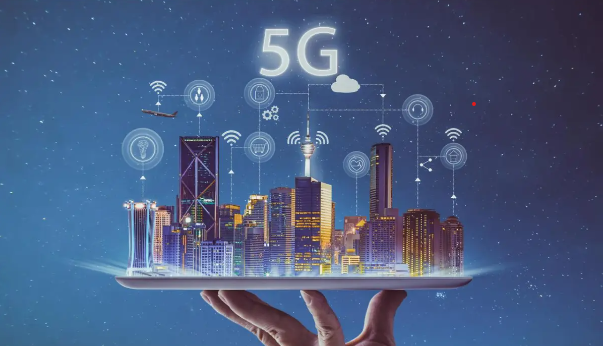Introduction:
In the ever-developing landscape of 5G technology, the preface has emerged as a pioneering landmark. The fifth generation of wireless knowledge, usually known as 5G, promises to revolutionize connectivity and unlock unparalleled speeds and capabilities. Because we delve keenly into the realm of this cutting-edge information, it is essential to explore its derivation, advancement, potential request, and the transformative impact it is balanced to have on a variety of industries.
The voyage of 5G began with the mounting need for faster and more reliable message networks. The previous generation, 4G LTE, laid the basis for high-speed mobile internet, but the rush forward in data consumption and the rise of the Internet of Things (IoT) demanded a more robust and efficient solution. This led to the expansion of 5G technology, which aims to provide earlier data speeds, lower latency, and increased device connectivity.
The Marvels of Artificial Intelligence and Machine Learning
-
Key Features and Advancements:
One of the significant features of 5G is its remarkable speed. Unlike its precursor, 5G is capable of delivering gigabit-level data rates, allowing users to download large files, stream high-definition video, and engage in immersive online experiences seamlessly. Additionally, 5G boasts noticeably reduced latency, reducing the delay between sending and receiving data. This low latency is crucial for an application that demands real-time responsiveness, such as increased reality (AR), virtual practicality (VR), and autonomous vehicles.
Another extraordinary advancement is the augmented capability to connect devices alongside. 5G supports an enormous number of connected devices per square kilometer, paving the way for the widespread conclusion of IoTa.
III. Applications across industries:
The collision of 5G extends far beyond improved smartphone connectivity. Different industries are situated to take advantage of the capabilities of this transformative technology.
-
Healthcare:
In the healthcare sector, 5G facilitates telemedicine by enabling high-excellence video consultation, distant patient monitoring, and competent data transfer for checkup imaging. The low latency of 5G is crucial for real-time messages between healthcare professionals and remote patients.
-
Manufacturing:
The developed industry embraces 5G for its potential to transform processes throughout the implementation of smart factories. With high data speeds and low latency, manufacturers can deploy advanced robotics, mechanization, and augmented reality applications to enhance competence and productivity.
5G plays an essential role in the evolution of transport, especially with the advent of independent vehicles. The low latency and reliable connectivity provided by 5G enable seamless messages between vehicles, communications, and traffic management systems, resulting in safer and more competent transportation networks.
-
Entertainment and Media:
The media and entertainment industries benefit from 5G through enhanced streaming capability, immersive AR and VR experiences, and enhanced gaming. The high data speeds make sure that users can enjoy high-meaning content with no buffering or lag.
-
Challenges and Concerns:
While 5G holds enormous promise, its operation is not without challenges and concerns. One significant concern is the possible health effects of increased exposure to radiofrequency emissions. Although extensive studies have been conducted, the long-term impacts of 5G on human health remain a subject of ongoing research and debate.
A different challenge lies in the communications required for widespread 5G completion. Building the necessary network of small cells and towers demands substantial investment and coordination among telecommunications companies, government bodies, and other stakeholders.
The High Demand A Dive into Software dat Rules the Tech Realm
-
The Future of Connectivity:
As 5G continues to roll out globally, its collision with society is balanced to be transformative. The technology is predicted to be a catalyst for innovation, driving advancement in various fields. From smart cities and connected industries to enhanced entertainment experiences, the applications of 5G are vast and diverse.
The future may see the emergence of 6G, the next creation of wireless technology, further approaching the boundaries of connectivity.
Conclusion:
important leap forward in the world of connectivity. With its supreme speed, low latency, and enhanced potential for device connectivity, 5G is set to redefine the way we live, work, and communicate. As knowledge continues to evolve and overcome challenges, its impact on diverse industries will turn out to be increasingly pronounced, paving the way for a more associated and technically advanced future.


